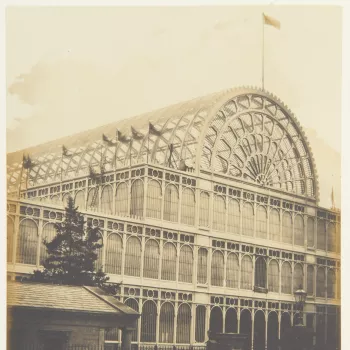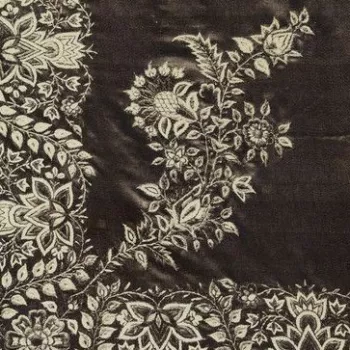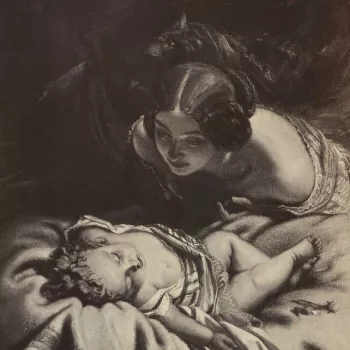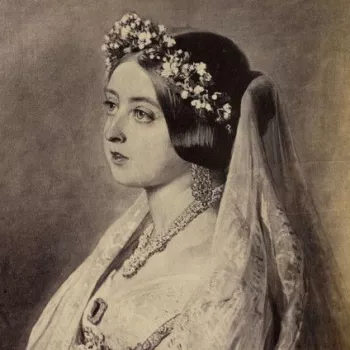Exhibitions and records of works of art
Prince Albert used photography to document exhibitions and works of art
As a young man, Prince Albert (1819-61) had travelled on the ‘Grand Tour’ to Italy, from 1838-9. He went on to study law, political economy, philosophy and the history of art at the University of Bonn. The influence of this formative period can be traced in his collection of photographs, which demonstrates his sustained interest in a global art history. A passionate supporter of industry, technology and design, Prince Albert co-organised the Great Exhibition of 1851. Visited by six million people (a third of the population of Britain at the time), the exhibition reflected the industry and progress of Britain and its expanding empire.
The lasting legacy of the Great Exhibition was the founding of the cultural quarter in South Kensington, London. This included the establishment of the Museum of Manufactures, housed at Marlborough House from 1852, which was the first iteration of what became the Victoria & Albert Museum. Later, Prince Albert’s patronage was central to the development and success of the Manchester Art Treasures Exhibition of 1857. The groups of material below tells the story of these landmark exhibitions, through photographs of the works of art that were exhibited. A universal theme throughout this material is Albert’s vision for photography as a means to share access to collections for enjoyment and knowledge.
Additionally, Prince Albert and Queen Victoria (1819-1901) used photography to record their art collections. Today these photographs provide a survey of the works of art they cherished, and the artists that received their patronage.











